This page contains links to all of the units in Japanese 1. To exit out of this page, close the browser tab.
Japanese 1, Unit 1
In this unit, Greetings, Konnichiwa!, you will learn about different ways to greet people in Japan. The cultural focus for this unit is about famous sites in Japan, particularly the places designated as World Cultural Heritage Sites by the United Nations Educational, Scientific and Cultural Organization (UNESCO). These sites that are very important in the early part of Japanese history.
Click Greetings to jump to the course.
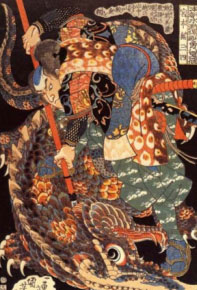
Topics
Can-Do for this unit:
- introduce yourself to someone and ask their name
- ask how someone is
- ask where someone lives
- ask some basic information from others in real conversations
- recognize and recite hiragana, one of the Japanese phonetic characters' spell words using hiragana
- use appropriate basic vocabulary for greeting people at different times of day
- choose a farewell appropriate in various situations
- begin to learn about the complex nature of language
- investigate the Japanese culture and how it differs from ours with regard to talking to an individual
- begin to realize the contributions that Japanese have made to our culture
www.musashimiyamoto.com; wikipedia
Japanese 1, Unit 2
In this unit, Calendar and Numbers, you will learn about talking about the day, the date and what you like to do on different days. You will learn some dates that are special days of celebration in Japan, such as Oshogatsu, New Year, above, where people visit temples to pray for good luck in the new year.
Click Calendar and Numbers to jump to the course.
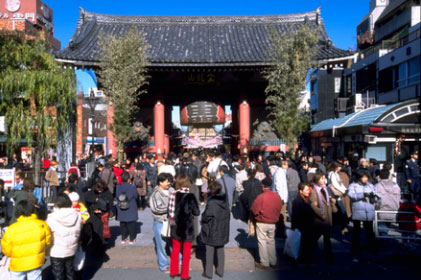
Topics
Can-Do for this unit:
- talk about the day of the week
- learn the numbers 0-31
- talk about the date
- talk about what things you like to do on different days
- talk about your birthday
- learn about several cultural aspects of Japan
- learn about additional hiragana characters and sounds
- learn to identify someone or something
- learn to ask yes or no questions
Japanese 1, Unit 3
In this unit, you will learn about Time. We are also going to focus on Kyoto, an old capital city of Japan. Kyoto became a capital in 794 and it lasted until the transfer of the government to Edo in 1868 at the time of the Imperial Restoration. Kyoto is rich with old temples and shrines, art, literature, festivals and beautiful nature. Kyoto is one of the most attractive cities in the world..
Click Time to jump to the course.

Topics
Can-Do for this unit:
- talk about time
- talk about places in a town
- talk about things to do in school
- talk about things you do at different places in town
- learn to ask yes/no and information questions
- learn more numbers, until 100
- learn about an old capital city of Japan, Kyoto
- learn to give feedback in communication
- practice typing in hiragana
Image source: A group of people striking a temple bell in a Buddhist ceremony at midnight on New Year's eve (joya no kane). The bell is struck exactly 108 times to signify the washing away of the 108 polluting earthly desires in the Buddhist religion. (Source: TJF)
Japanese 1, Unit 4
In this unit you will focus on colors.
Click Colors to jump to the course.
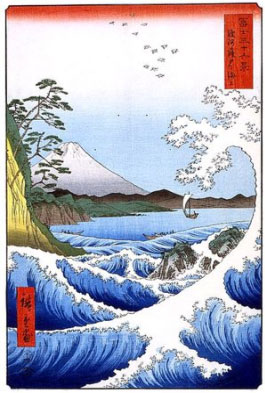
Topics
Can-Do for this unit:
- describe yourself and others using adjectives
- learn to describe things using colors
- learn how to talk about basic things that might be in your school, desk or backpack
- learn how to talk about your school day
- learn how to talk about what you like or dislike
- learn katakana
Color is sprinkled throughout the Japanese culture and history. This picture is an example of an ukiyoe うきよえ, Japanese block wood print. It is a view of Mt. Fuji, created by Hiroshige ひろしげ, published 1859. (Source: Wikipedia)
Japanese 1, Unit 5
In this unit, Places we will be working on learning additional vocabulary in talking about places in your city or town. You will learn about events and celebrations and "Names of Japan".
Click Placesto jump to the course.
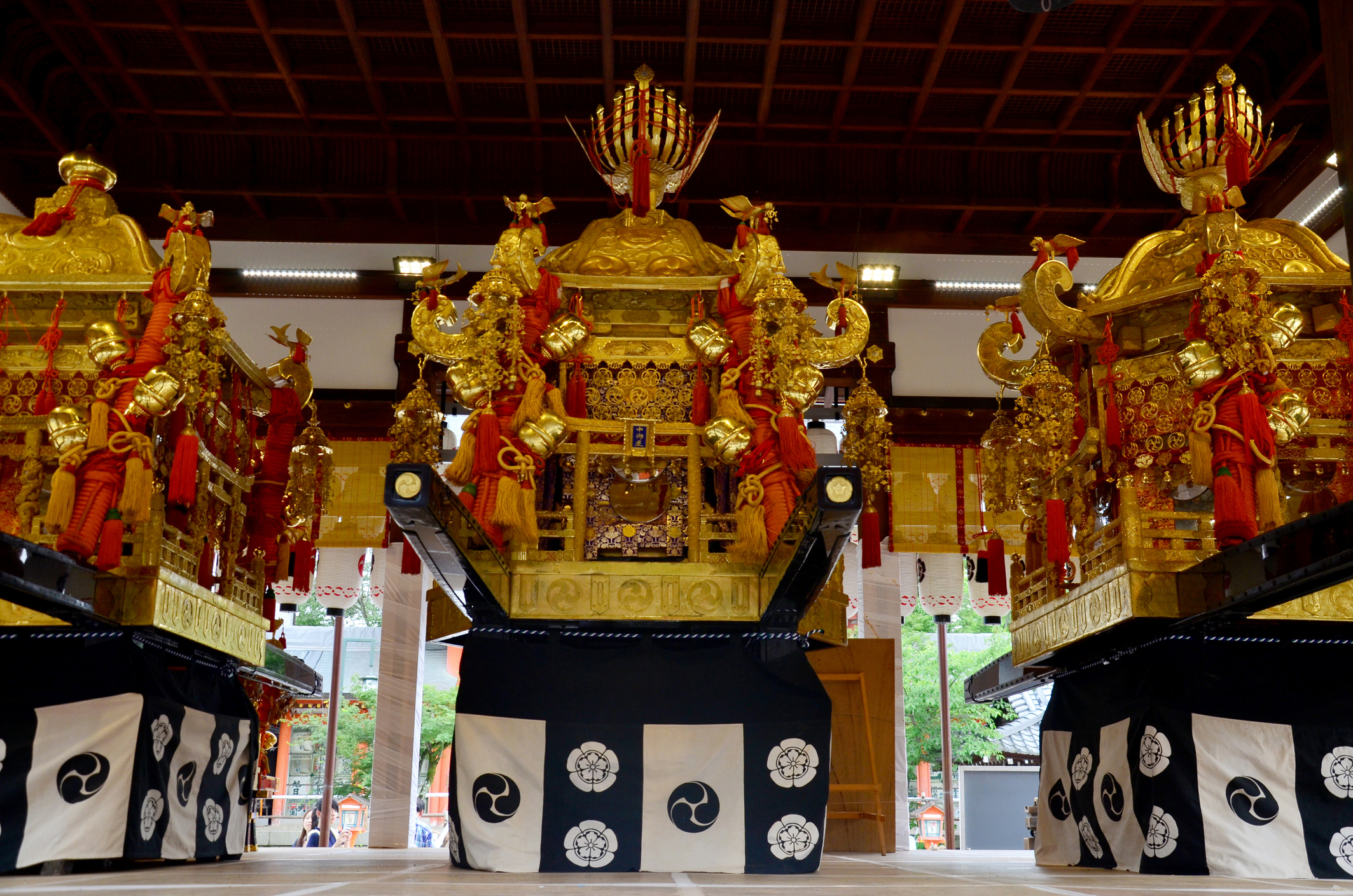
Topics
Can-Do for this unit:
- talk about your city or town
- talk about stores or places in your town
- describe where things are in relation to other things in your town
- talk about things you do or are doing, like and dislike to do, or want to do
- review katakana
Tuayai.. “The mikoshi (divine palanquin) for show traveler at Yasaka shrine or Gion Shrine in Kyoto, Japan.” Getty Images, IStock Editorial/ Getty Images Plus, retrieved 2 Feb, 2019.
Japanese 1, Unit 6
In this unit, かぞく, Family!, we are going to talk more about leisure time activities in Japan, and the things you like to do in your spare time.
Click Family to jump to the course.
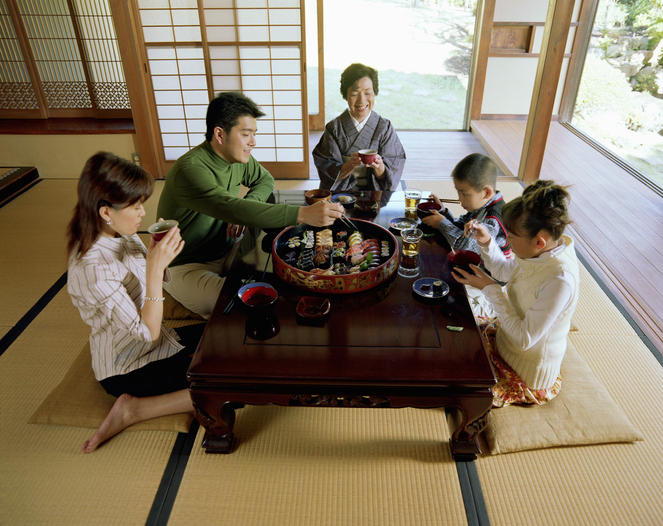
Topics
Can-Do for this unit:
- talk about your family members
- talk about your family members' birthdays and ages
- review dates and numbers
- learn the dictionary forms of verbs
- investigate cultural practices in Japanese families
- start to read and write kanji
